News
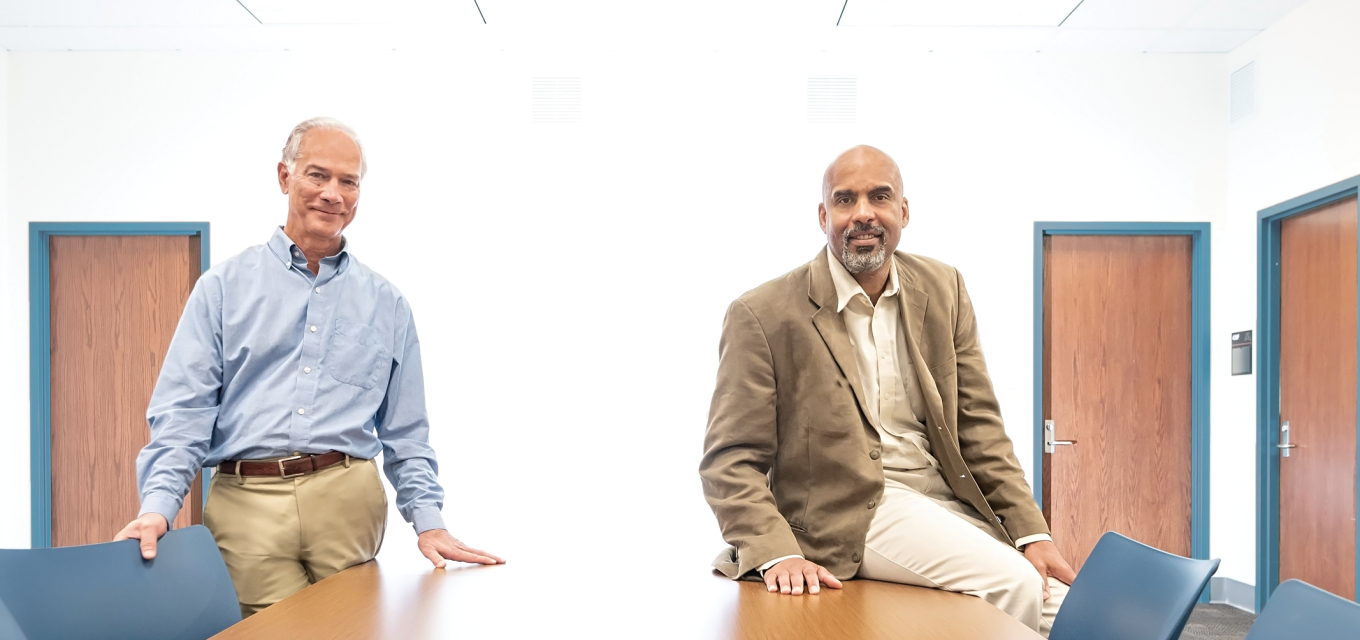
Brain Boost
CEHD plays a starring role in the new Masonic Institute for the Developing Brain to help children build healthy connections for life
There are many ways the human brain can go off track during development—trauma, poor nutrition, neurocognitive disorders, stress, genetic diseases—all affecting the trajectory of people’s lives. Often, early diagnosis and intervention are key to helping all people thrive and develop into happy, high-functioning adults.
A new collaboration between CEHD and the Medical School will unite researchers from all spectrums of child development, linked by a shared purpose to make breakthrough discoveries that improve children’s lives. The multidisciplinary Masonic Institute for the Developing Brain (MIDB) aims to spark novel understandings of the brain and uncover the best ways to intervene, as early as possible, when a child’s development gets off course.
The University already is home to globally recognized programs and world-renowned experts in child and adolescent development, child welfare, developmental disabilities, psychiatry, developmental neuroscience, and more. Yet they often focus on different aspects of the same challenge. MIDB will put many of these specialists under one roof, on the former Shriners Healthcare for Children campus in Minneapolis. The setting will foster new connections and research to more quickly advance findings about how the brain develops typically and atypically from early childhood through adolescence and adulthood. The first-of-its kind institute is made possible by a $35 million naming gift from Minnesota Masonic Charities and a $21.5 million investment from the Lynne & Andrew Redleaf Foundation.
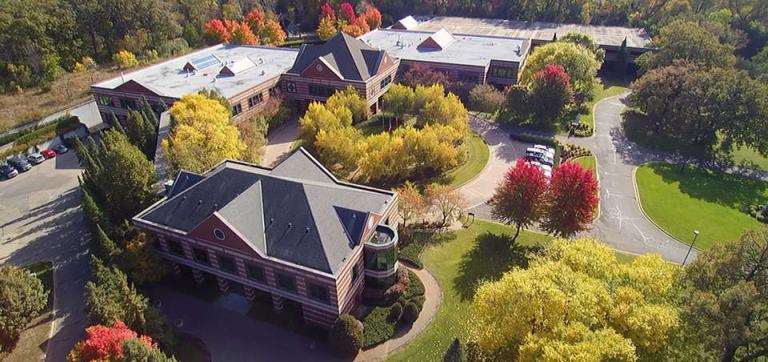
There are many potential areas for collaboration, including autism and disability, says former Dean Jean Quam, who calls the institute “one of the most exciting partnerships in the history of the College of Education and Human Development. It’s very unique that a college of education would partner with a medical school and that we would look for the strengths that we have and the things we have in common,” she says.
MIDB’s co-directors Damien Fair, PA-C, PhD, a cognitive neuroscientist, a professor in pediatrics and at the Institute of Child Development (ICD), and Michael Georgieff, MD, a professor in pediatrics and developmental psychology as well as in ICD, will report directly to the deans of CEHD and the Medical School, explicitly illustrating the collaborative nature of the institute.
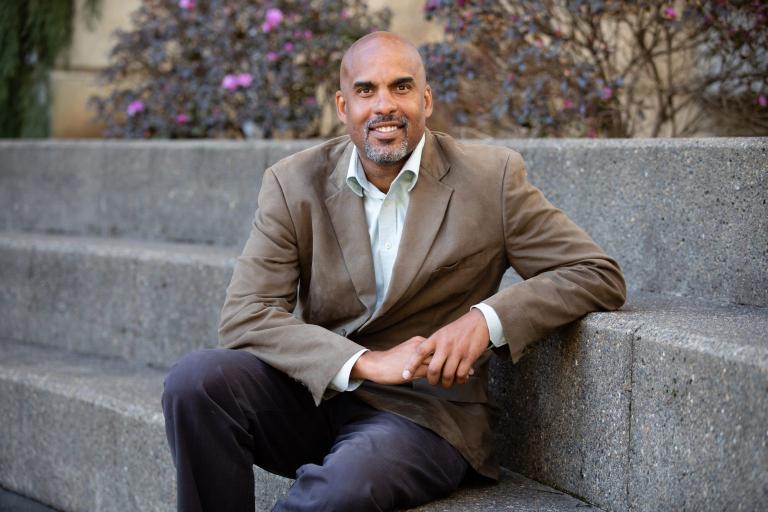
Jakub Tolar, MD, PhD, dean of the Medical School and vice president for clinical affairs, sees MIDB redefining the field of brain health—and outcomes for children—with its singular approach. “Childhood brain health greatly influences adult quality of life. Early interventions can be simple and highly effective,” he says.
“The University is in the unique position of being able to combine expertise from education to pediatrics to neuroscience to identify and implement ways that can impact brain development and health,” Tolar adds. “By bringing all of our resources together in one location, to focus intensely on this one aspect of human development, we have the opportunity to maximize our impact and increase the speed of discovery.”
Quam points to CEHD’s Institute on Community Integration (ICI) as a valuable asset that the college brings to the partnership. ICI’s groundbreaking approach and work in interdisciplinary training, telehealth, and community outreach will be a model for collaboration at the new institute, she adds. ICI is a major component of MIDB with its 157-person staff, researchers, and fellows who focus on improving the lives of children, youth, and adults with disabilities.
Currently spread across the U, ICI’s team will come together at the institute and showcase its approach to helping people with developmental and neurodevelopmental disorders in all aspects of their life, throughout their life, says ICI Director Amy Hewitt, PhD. Viewing disability as a unique difference rather than a problem to be fixed is a foundational aspect of ICI, one that its leaders aim to share with clinicians and researchers in MIDB.
“What we want to bring to MIDB is a constant reminder that kids grow up and become adults,” Hewitt says. “What we do when they are really young will predict their outcomes later in life. We want MIDB to be a place where we think about how we can provide support to a child—whether it’s an infant or a 3-year-old we’re assessing for a developmental disability—and their family so that when this person is an adult, they have a great life.”
‘Community center’ for brain development
The institute’s offerings will encompass clinical services for children and families, clinical research, outreach, and policy initiatives. Its work will encompass all ages of development, but will heavily target two critical developmental stages in children: the first 1,000 days of life and adolescence. During birth to age 3, young children’s brains experience crucial periods of development that set the stage for a bright future or potential adverse outcomes. There is another surge of brain growth and maturation during adolescence, setting young people on the path to becoming independent adults.
“The intention is to build an institute that studies the process of brain development, how it stays on the rails, how it goes off the rails, how early we can tell, and how early we can intervene,” explains co-director Georgieff. “We now know that early life events shape the brain and therefore, your adult mental health across the lifespan.”
“Childhood brain health greatly influences adult quality of life.”
MIDB researchers will have considerable opportunities to jointly pursue discoveries that lead to early detection of disorders and difficulties that challenge children—and eventually adults.
Whether it’s autism, fetal alcohol syndrome, depression, substance abuse, or learning disorders, it is critical to arrest early damage before it settles into lifelong struggles with enormous social and economic consequences.
One key to potential discoveries will come from the expertise of co-director Damien Fair, who specializes in using tools like functional MRI technology to discover the biological bases of typical and atypical child brain development. These investigations will take place in collaboration with the University’s Center for Magnetic Resonance Research. Fair, who joined the University last summer from Oregon Health & Science University, will split his time between ICD and the Department of Pediatrics and will hold the endowed directorship established by the Lynne & Andrew Redleaf Foundation. A strong supporter of the project, the foundation has contributed $15 million to the MIDB and another $6.5 million in related gifts.
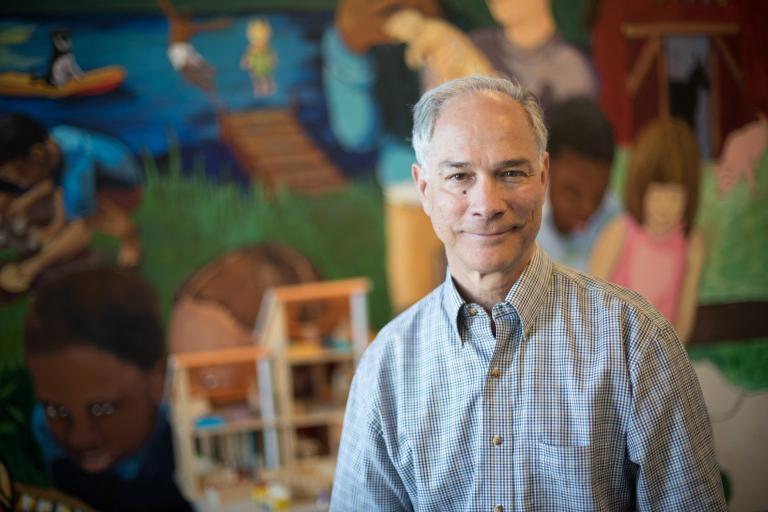
“The average brain study, which typically focuses on identifying trends across a population, gives you a view from 10,000 feet. But if you want to help individuals and improve long-term outcomes, that’s not going to be the most effective approach. The studies need to be more personalized,” Fair says. “We’re working on taking individuals with ADHD and Autism Spectrum Disorders (ASD) and identifying their functional fingerprint.”
With a deeper understanding of biological variance in people with ADHD and ASD, scientists and clinicians can develop more personalized and effective methods of helping them, Fair says. And that’s a big goal of MIDB: creating individualized treatments for neurobehavioral disorders and other forms of atypical development.
“This new institute will become a model for how to do translational, integrative, and community work,” Fair adds, including opening information channels between experts, gaining feedback from the community about research questions, and integrating basic science research findings into clinical care. “We’re breaking down silos and barriers that prevent that information flow from being as efficient as possible.”

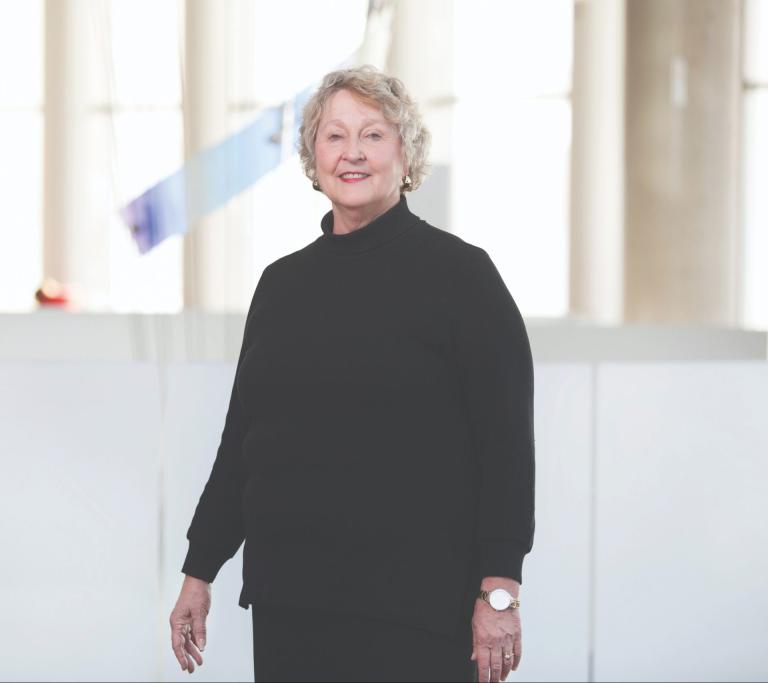
Amy Hewitt of the Institute on Community Integration and Megan Gunnar of the Institute of Child Development agree that the MIDB will open up tremendous opportunities for multidisciplinary collaboration.
An exciting aspect of MIDB will be its ability to create connections among experts with shared interests who work in vastly different areas of the University, Georgieff says. This structure will be a boost for research and for children and their families who receive care. Currently, experts in child and adolescent brain health are spread among many departments, including pediatrics, psychiatry, and neurology. Families often visit multiple clinics, and researchers from each entity don’t have the opportunity to meet and collaborate as frequently as they will be able to in MIDB.
“Think of it as a community center for the investigation of child behavior,” Georgieff says. “Rather than having them siloed off like that, wouldn’t one child with behavioral problems really benefit from being assessed by several specialists in one location? The new things we’re bringing to the table at the University allow us to assess them earlier and intervene earlier than ever before.”
Organic collisions for collaboration
That information flow among diverse experts will flourish in the institute’s building. Last January, the University completed the purchase of the 10-acre site along the Mississippi River, less than two miles east of campus.
“The property offers a serene, welcoming setting, family-friendly architecture, and convenience,” Quam says. “It’s essentially a one-stop shop designed to enhance children’s and teen’s recovery.”
Minnesota Masonic Charities had provided significant funding to M Health Fairview University of Minnesota Masonic Children’s Hospital, leading to another natural partnership.
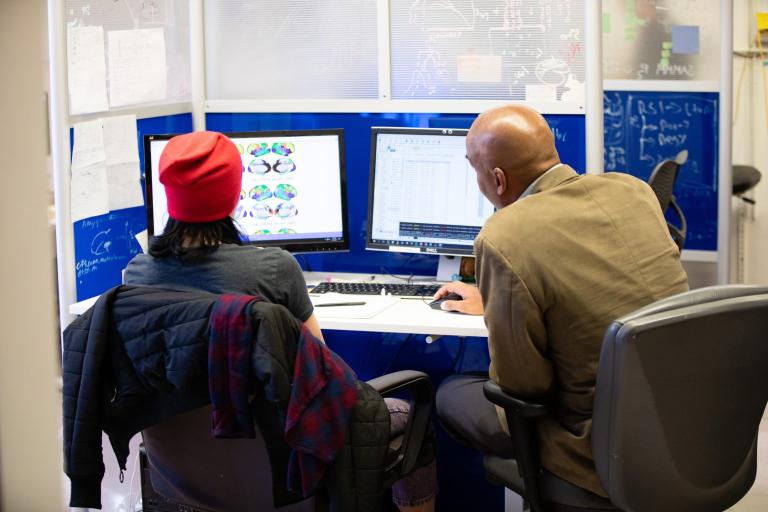
One integral benefit of uniting researchers, clinicians, educators, and policy and public health experts in the new space will be organic collisions of people from vastly different areas of the University. They will more easily learn about each other’s research and expertise and discover common ground to pursue multidisciplinary collaboration.
“Physical proximity makes a huge difference,” says Hewitt. “We’re not just going to see people on the rare occasion that we’re in a shared meeting. We’ll get to know one another and that makes a big difference.”
In addition, an executive leadership council with shared leadership from CEHD, its institutes and centers, and the Medical School, will foster communication and collaboration among all of MIDB’s members, leading to more pioneering work together, Hewitt adds.
Megan Gunnar, PhD, a Regent professor and former director of ICD, says that MIDB builds off decades of collaborative groundwork laid by child development psychologists, developmental neuroscientists, and pediatricians in the University’s Center for Neurobehavioral Development (CNBD). Some of the ICD faculty who have worked in CNBD will do a part of their research at the new site.
There, they will gain more bandwidth and opportunity to collaborate with a wider circle of experts and forge relationships with people they wouldn’t normally encounter, such as pediatricians or child psychiatrists, Gunnar says.
“It’s pretty rare to have close interactions between these groups. It’s the cross-talk that will be most exciting,” Gunnar adds. “It’s bringing ideas together—the collision space—that will create avenues for understanding as we come up with new questions. We might never have realized that the questions were a possibility until we met at the institute.”
“Think of it as a community center for the investigation of child behavior.”
For ICI, there will be numerous opportunities to break even more ground for people with disabilities by partnering with clinicians and faculty from new areas, such as dentistry or public health, Hewitt says. Currently, ICI researchers don’t have direct access to patients, so housing clinical services at MIDB will help its researchers connect on projects about the holistic lives of people with disabilities, whether it involves school, work, or community involvement.
“MIDB is not just a clinical health care place for the Medical School. We’re going to dance together in a partnership that really brings together health care, education, and community human service. And that’s what is unique about it,” Hewitt says. “We’re not conducting research about kids in a vacuum—we’re working together with researchers who have an interest in developmental and neurodevelopmental disorders.”
Clinicians, researchers, educators, and policymakers will come together at MIDB with a shared purpose: serving Minnesotans and the region by giving all children a strong start for a safe, happy, productive life.
Photos by Scott Streble, Adam Guggenhem, Erica Loeks, and Jayme Halbritter
-SUZY FRISCH